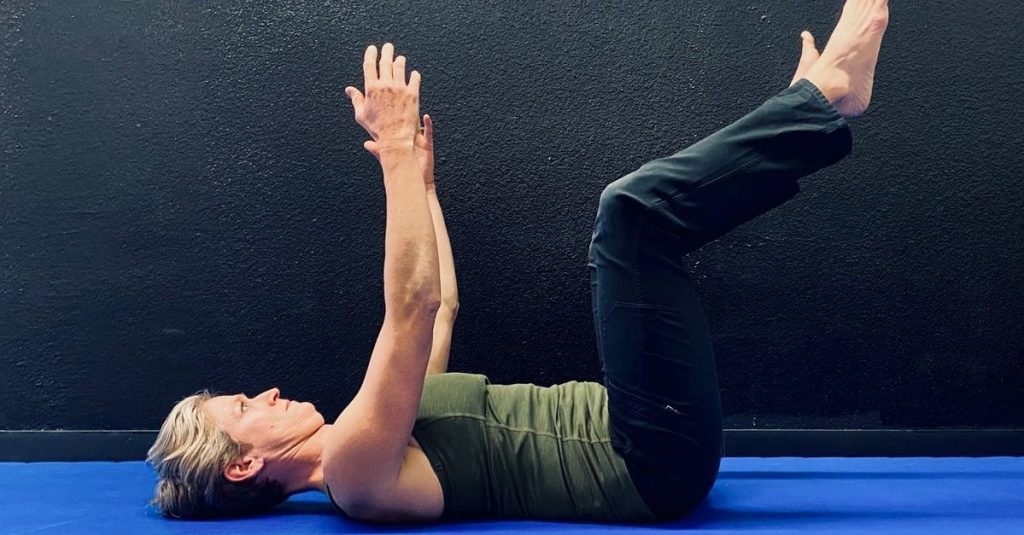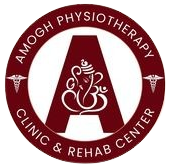Our Services > DNS (core stretching)

Dynamic Neuromuscular Stabilization (DNS) is a therapy designed to restore and enhance the body’s movement patterns by aiming at core stability. This is originated from the principles of developmental kinesiology. DNS focuses on the importance of the central nervous system in coordinating movement and stabilizing the spinal function. This article will provide a detailed description of the principles of DNS, its benefits, and how it is used to strengthen the core activities.
DNS explores the concept that proper movement and posture are rooted in the stages of infancy when development is at its peak. The central nervous system undergoes significant growth at the early age of infancy, and it plays a crucial role in establishing stability in movement at an early stage. This forms the foundation for all future motor skills.
The key principles of DNS are:
The integration of DNS into a core strengthening program has so many benefits and plays an important role in:
At Amogh Physio Clinic, the integration of DNS into core strengthening programs starts with a comprehensive assessment of each individual’s movements, posture, and muscle function. This involves:
Effective DNS exercises focus on promoting proper muscle activation and coordination by observing the fundamental movements of infants to strengthen the core. These are:
At Amogh Physio Clinic, DNS exercises are carefully performed under expert supervision who prepares personalized plans to address each person’s needs, goals, and abilities. This involves:
DNS can be effectively integrated with other therapeutic techniques to improve the overall effectiveness of core strengthening programs which include:
Dynamic Neuromuscular Stabilization (DNS) is a comprehensive approach to core strengthening. At Amogh Physio Clinic, the integration of DNS into core strengthening exercises can provide patients with improved stability, enhanced movement patterns, and long-term relaxation from pain and disorders. By aiming at the principles of developmental kinesiology and postural reflexes, DNS promotes a holistic approach to rehabilitation and training. We educate our patients at Amogh Physio Clinic, to achieve their health and wellness goals.
Relieve pain and boost wellness! Schedule your therapy appointment today at https://amoghphysioclinic.com/ or call us at 95527 64021. Follow us on social media [amoghphysioclinic] for more wellness tips.

A targeted approach to pain relief and improved mobility. Let Amogh Physiotherapy help you get back to doing what you love.